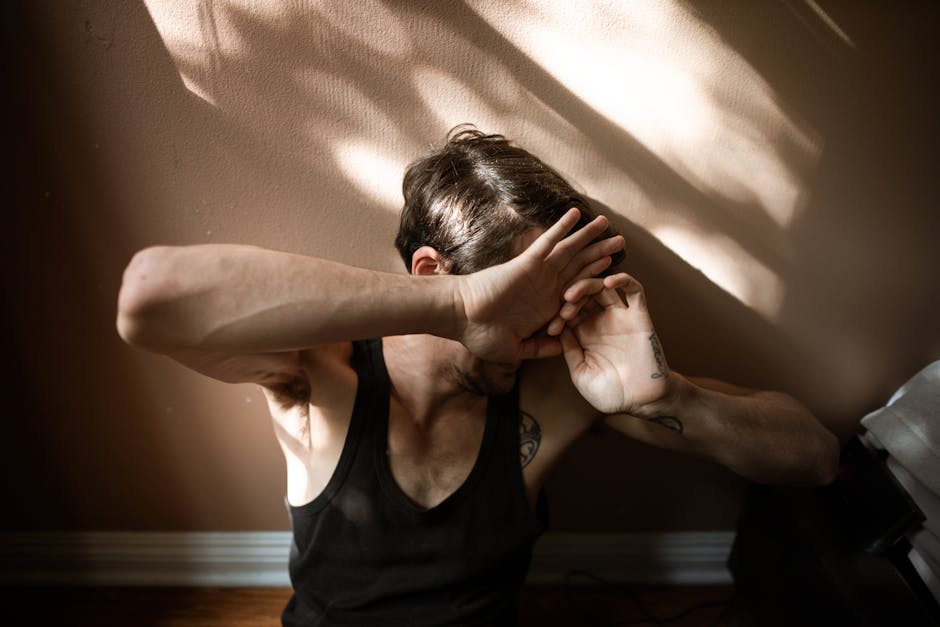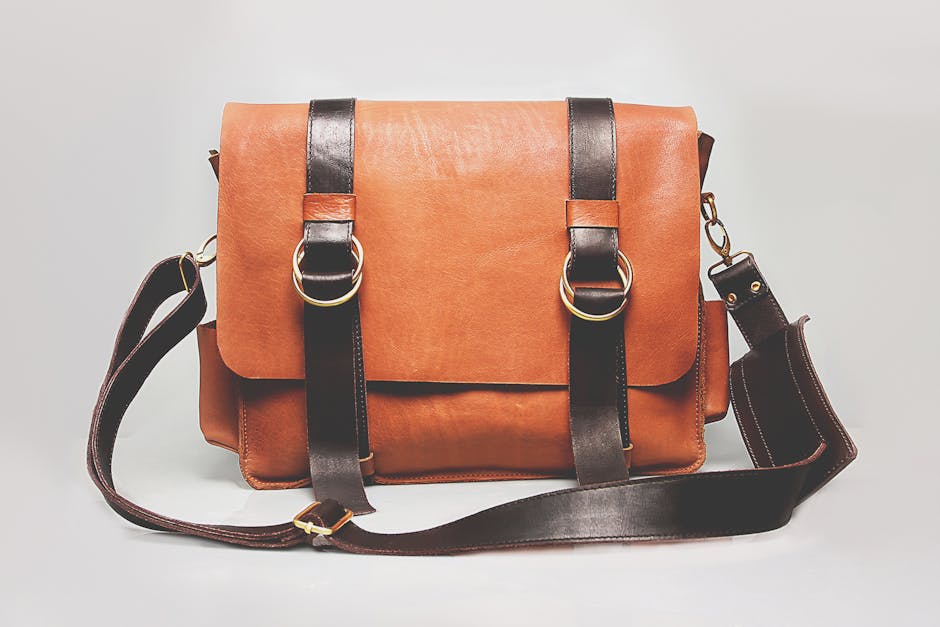The Psychology of Color in Indoor Decoration: How Wall Colors Affect Your Mood and Energy
Introduction
Color psychology plays a vital role in interior decoration, influencing our moods, energy levels, and overall well-being. The wall colors we choose significantly impact the ambiance of our homes and workspaces. Understanding how different colors affect us can help create environments that promote productivity, relaxation, or creativity. This article explores the psychology of color in indoor decoration, focusing on how wall colors can shape your emotional state.
The Psychological Impact of Different Wall Colors
Red: Energy and Passion
Red is a powerful and stimulating color often associated with energy, passion, and excitement. It can raise heart rate and blood pressure, making it a good choice for areas where you want to create a lively atmosphere. However, excessive use of red can be overwhelming and even cause anxiety.
- Best Uses: Accent walls in dining rooms, hallways (for short bursts of energy), or home gyms.
- Avoid: Bedrooms (can disrupt sleep), small spaces (can feel claustrophobic).
Blue: Calmness and Serenity
Blue is known for its calming and serene qualities. It can lower heart rate and create a sense of peace and tranquility. Lighter shades of blue are often associated with relaxation and mental clarity.
- Best Uses: Bedrooms, bathrooms, offices (for focus and concentration), meditation rooms.
- Considerations: Can feel cold in rooms with little natural light. Warmer blue tones can help counteract this.
Yellow: Optimism and Happiness
Yellow is a cheerful and optimistic color that can boost mood and energy levels. It is often associated with happiness, warmth, and creativity. However, too much yellow can be overstimulating and even cause anxiety in some people.
- Best Uses: Kitchens, living rooms (to create a welcoming atmosphere), children’s playrooms.
- Caution: Avoid bright yellows in bedrooms, as they can be too stimulating.
Green: Nature and Balance
Green is a color associated with nature, growth, and balance. It is often used to create a sense of harmony and well-being. Green can be calming and refreshing, promoting relaxation and reducing stress.
- Best Uses: Living rooms, bedrooms, offices (to create a sense of calm and productivity), nurseries.
- Tip: Vary the shades of green for a more dynamic and interesting space.
Purple: Creativity and Luxury
Purple is a color associated with creativity, luxury, and spirituality. It can be both calming and stimulating, depending on the shade. Lighter shades of purple, like lavender, can promote relaxation, while darker shades can evoke a sense of mystery and sophistication.
- Best Uses: Bedrooms, meditation rooms, creative spaces, powder rooms.
- Pairing: Works well with neutral colors like gray and white to create a balanced and elegant look.
Neutral Colors: Versatility and Flexibility
Neutral colors like white, gray, beige, and brown provide a versatile backdrop for any interior design. They can be used to create a sense of calm and spaciousness, and they allow other colors and elements in the room to stand out.
- White: Creates a clean and bright space; reflects light effectively.
- Gray: A sophisticated and versatile neutral that can be warm or cool depending on the undertones.
- Beige: A warm and inviting neutral that adds a touch of comfort.
- Brown: Earthy and grounding; creates a sense of warmth and stability.
Neutral colors are ideal for creating a blank canvas that can be easily customized with furniture, accessories, and accent walls.
Factors Influencing Color Perception
Lighting
Natural and artificial light can significantly impact how we perceive color. Colors can appear different under different lighting conditions. Consider the amount of natural light a room receives when choosing wall colors. Sample colors in the space before committing to a full paint job.
Personal Preferences
While general color psychology principles apply, personal preferences also play a significant role. Consider your own associations with colors and choose colors that you find appealing and that resonate with you on a personal level. What makes you feel happy, calm, or energized?
Cultural Influences
Color meanings can vary across cultures. Be mindful of cultural associations when choosing colors, especially if you are decorating a space that will be used by people from diverse backgrounds.
Conclusion
Choosing the right wall colors is essential for creating a comfortable and harmonious living space. By understanding the psychology of color and considering factors like lighting, personal preferences, and cultural influences, you can create an environment that enhances your mood, energy levels, and overall well-being. Experiment with different color combinations and find what works best for you to create a space that truly reflects your personality and style. Don’t be afraid to test paint swatches before committing to a whole room – color perception can be subjective, and it is vital to see how a color looks in your specific light and space.














Post Comment